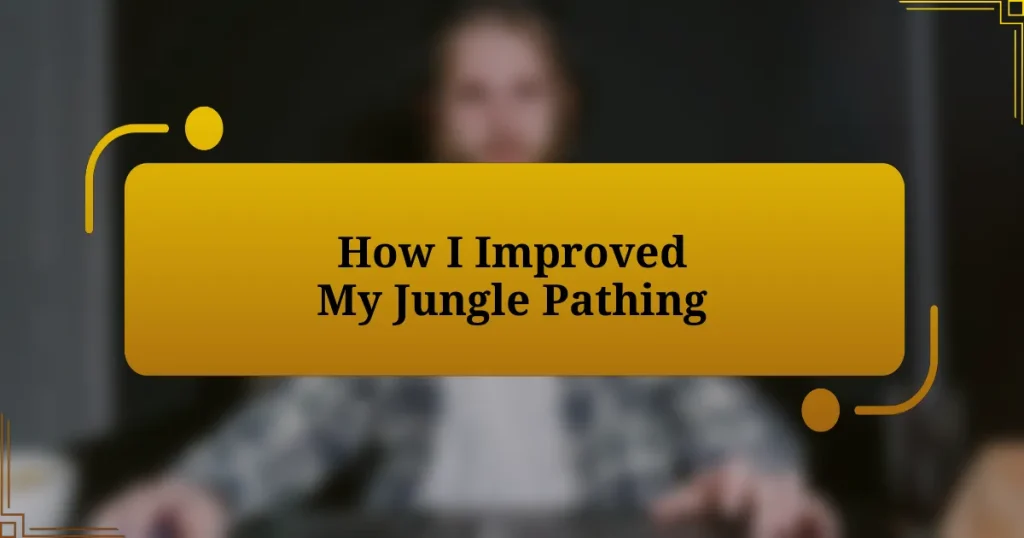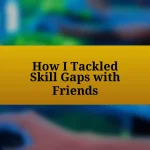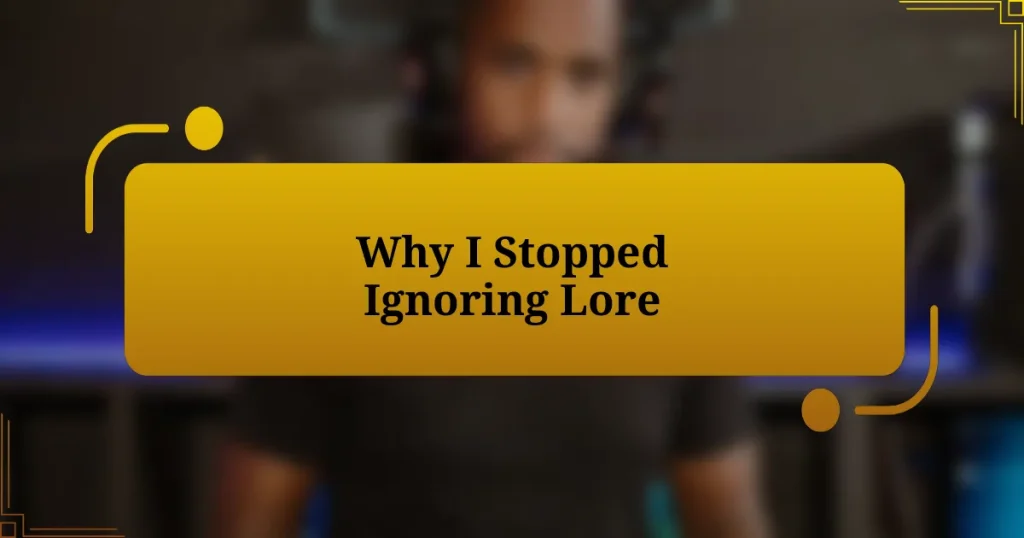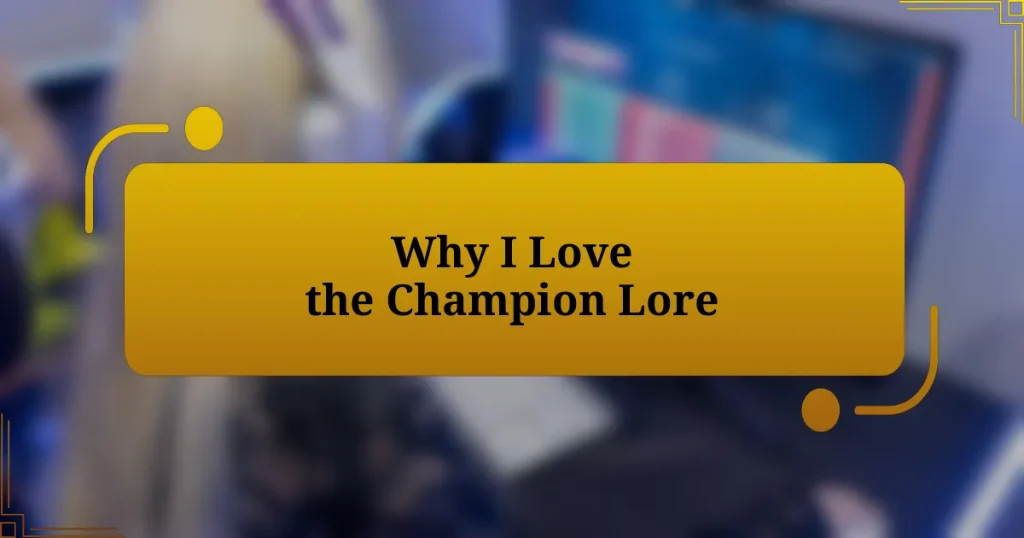Key takeaways:
- Effective jungle pathing significantly influences gameplay outcomes, impacting both individual performance and team success.
- Adapting to the flow of the game and maintaining map awareness are essential for maximizing opportunities and avoiding pitfalls.
- Utilizing external resources, such as guides and analytics, can enhance understanding of optimal jungle routes and improve strategic decision-making.
- Self-reflection on gameplay and learning from mistakes are crucial for continuous improvement and skill development in jungle roles.
Author: Clara M. Ashford
Bio: Clara M. Ashford is an award-winning author known for her captivating literary fiction that explores the complexities of human relationships and the intricacies of personal identity. With a background in psychology and a passion for storytelling, Clara weaves rich narratives that resonate with readers on a profound level. Her debut novel, Whispers of the Heart, garnered critical acclaim and was shortlisted for the National Book Award. When she’s not writing, Clara enjoys hiking in the mountains of Colorado and volunteering at local literacy programs. She lives in Denver with her two adventurous dogs.
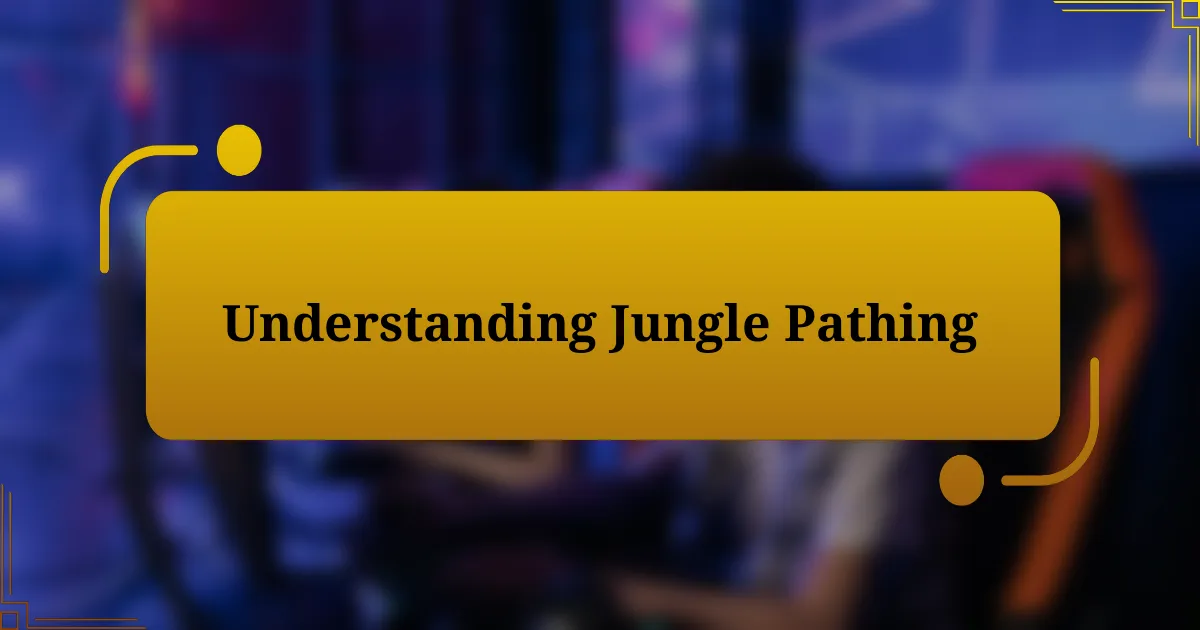
Understanding Jungle Pathing
Jungle pathing is crucial in establishing map control and securing objectives early in the game. I remember my early days as a jungler, often confused about which route to take. Skipping a key camp could lead to missing crucial experience, leaving me under-leveled and vulnerable in the mid game. Have you ever felt that panic when you realize the enemy jungler is ahead of you because of a simple pathing mistake?
The choice of routes can directly impact not only your overall efficiency but also your team’s momentum. For instance, during one match, I decided to prioritize a full clear instead of an early gank. This decision allowed me to hit level three faster, and when I finally engaged, it resulted in a double kill. It’s incredible how a single pathing choice can change the tide of a game.
Map awareness also plays a vital role in how I approach jungle pathing. I make it a habit to track enemy positions and predict their movements. When I did this during a recent game, I noticed the enemy jungler was focused on top lane, giving me a perfect opportunity to secure the dragon. It’s these moments of clarity that turn jungle pathing from a routine task into a strategic game-changer.
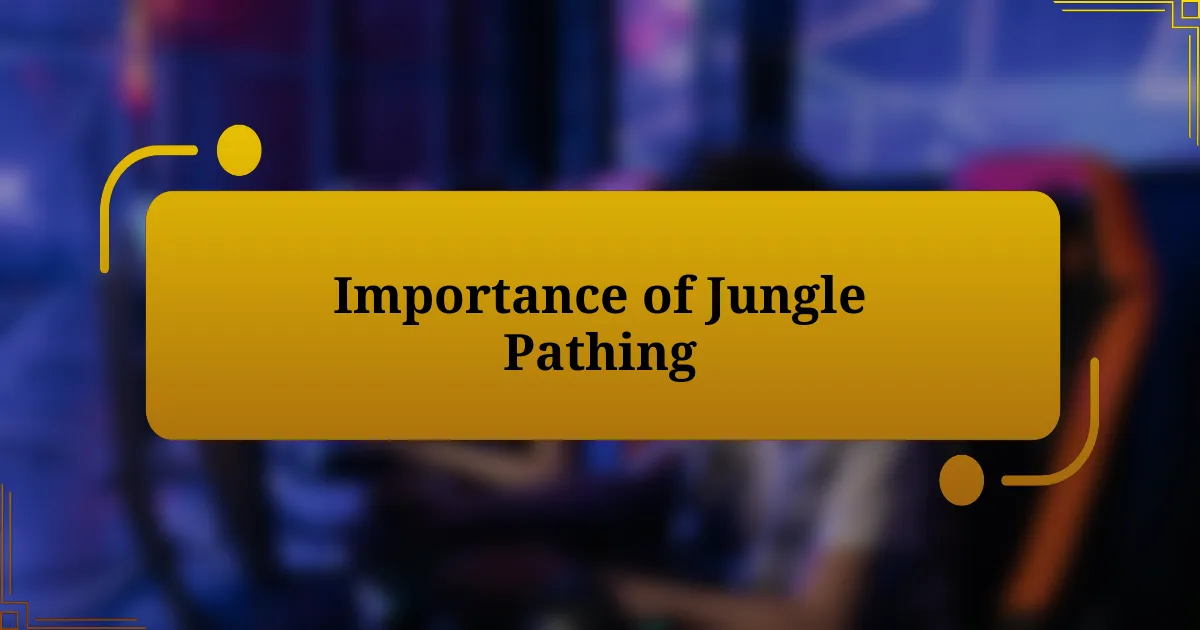
Importance of Jungle Pathing
Understanding the importance of jungle pathing is like unlocking a hidden level in your gameplay. I recall a pivotal match where my poor route choice led me to encounter the enemy jungler unexpectedly. That moment of realization hit hard—I had wasted precious time, and the fallout was palpable. How many times have you faced a similar situation, feeling the weight of a misstep in your heart?
Optimizing my jungle path not only helps me gather resources but also creates opportunities for my teammates. I vividly remember a game where I coordinated with my laners, timing my approach based on their needs. By approaching the bot lane just as they were about to engage, I turned what could have been a devastating enemy gank into a triumphant three-man ambush. It’s these strategic insights that make jungle pathing more than just a routine but rather a lifeline for my entire team.
Moreover, adapting my path to the flow of the game is essential. There was a time when I rigidly stuck to a predetermined route, only to find myself outmatched. When I learned to remain flexible—pivoting my plans based on map dynamics and enemy movements—I noticed that my impact on the game skyrocketed. Isn’t it amazing how a little adaptability can transform not just your performance, but the narrative of a match?
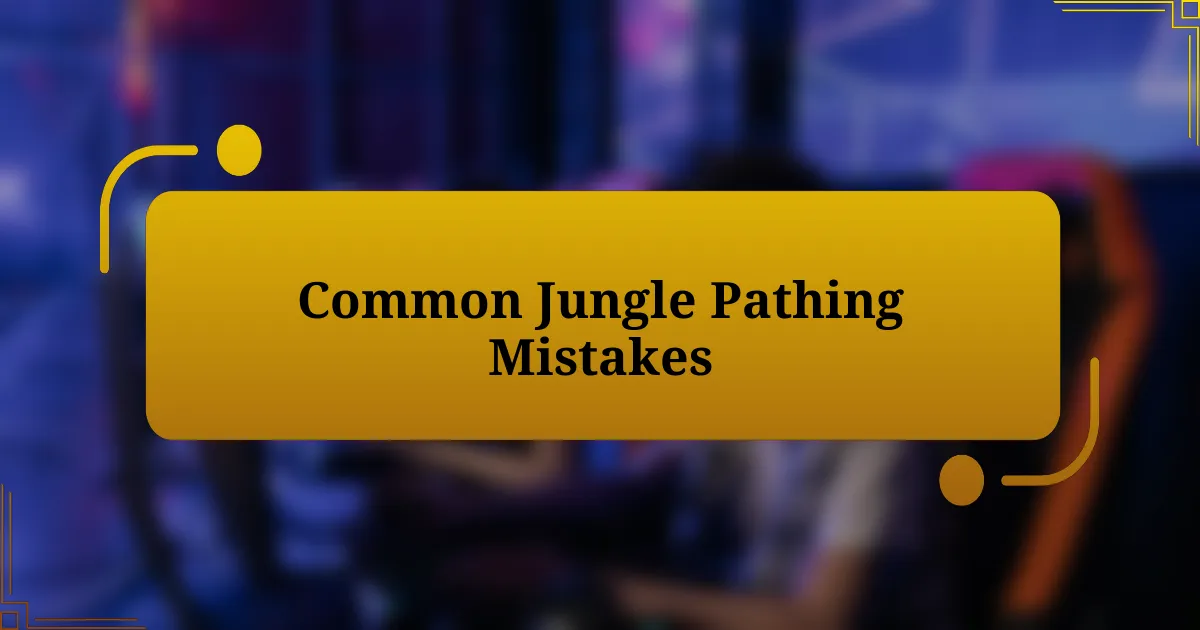
Common Jungle Pathing Mistakes
One of the most common mistakes I see, and have made myself, is overcommitting to a single route. I remember a time when I chose to camp the top lane, ignoring the other lanes entirely, thinking I could snag an easy kill. But while I was locked in, my bot lane suffered as the enemy jungler seized the opportunity to gank, leaving my team at a massive disadvantage. Have you ever faced similar consequences because you were tunnel-visioned on one strategy?
Failing to track the enemy jungler is another pitfall that can be devastating. Early in my career, I often focused so much on my objectives that I neglected to observe where my opponent was. There was a specific game where I decided to take Dragon without checking for threats. Suddenly, I was ambushed, losing both the Dragon and my life. Knowing where the enemy jungler is—or at least making an educated guess—can completely change the approach I take throughout the game.
Lastly, misplacing emphasis on farming can lead to missed opportunities for ganks. In some matches, I would stick to clearing camps even when my laners were in dire need of assistance. I learned the hard way that a well-timed gank can mean the difference between winning or losing a skirmish, often resulting in more resources for me than simply hitting minions. Isn’t it better to balance your farming with map awareness to maximize your team’s potential?
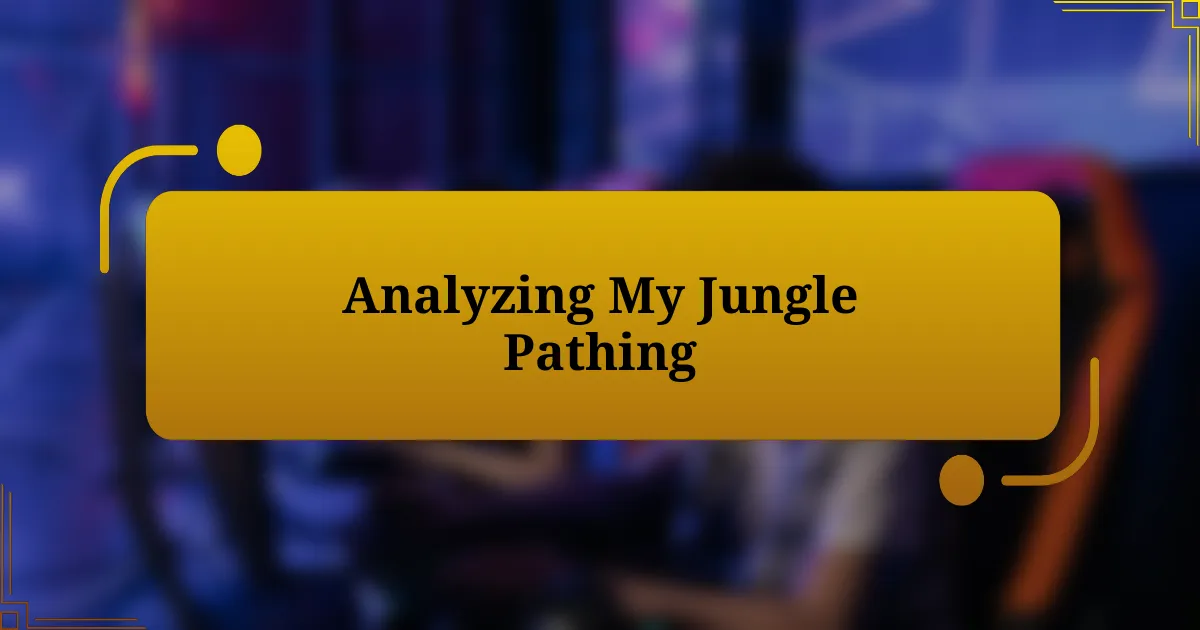
Analyzing My Jungle Pathing
To truly improve my jungle pathing, I realized the importance of adapting to the flow of the game. One instance stands out in my memory: there was a match where I initially planned to clear my top-side jungle before heading to the bot lane. However, after seeing my mid laner overextend, I quickly pivoted my route to intervene. This decision not only salvaged my mid’s position but also set my team up for a successful play. How often do we stick to our original plans at the expense of seizing opportunities?
Another key aspect was understanding the timing of my jungle clears. I distinctly remember a game where I focused solely on efficiency, arriving late to essential objectives like Rift Herald. I learned firsthand that being methodical can sometimes lead to missing strategic windows. Have you ever watched an enemy take a crucial objective because you were too caught up in your route? Adjusting my timing based on lane dynamics allowed me to capitalize on those moments instead of merely clearing camps.
Lastly, I’ve come to appreciate the value of communication with my teammates. There was a memorable game when I decided to initiate a gank, but I forgot to ping my arrival. My laner had been unaware and ultimately fell to a counterattack. Reflecting on that moment, I wondered why I hadn’t prioritized teamwork. Now, whenever I see a chance to support my allies, I make it a point to communicate. After all, isn’t a well-coordinated team the cornerstone of achieving victory?
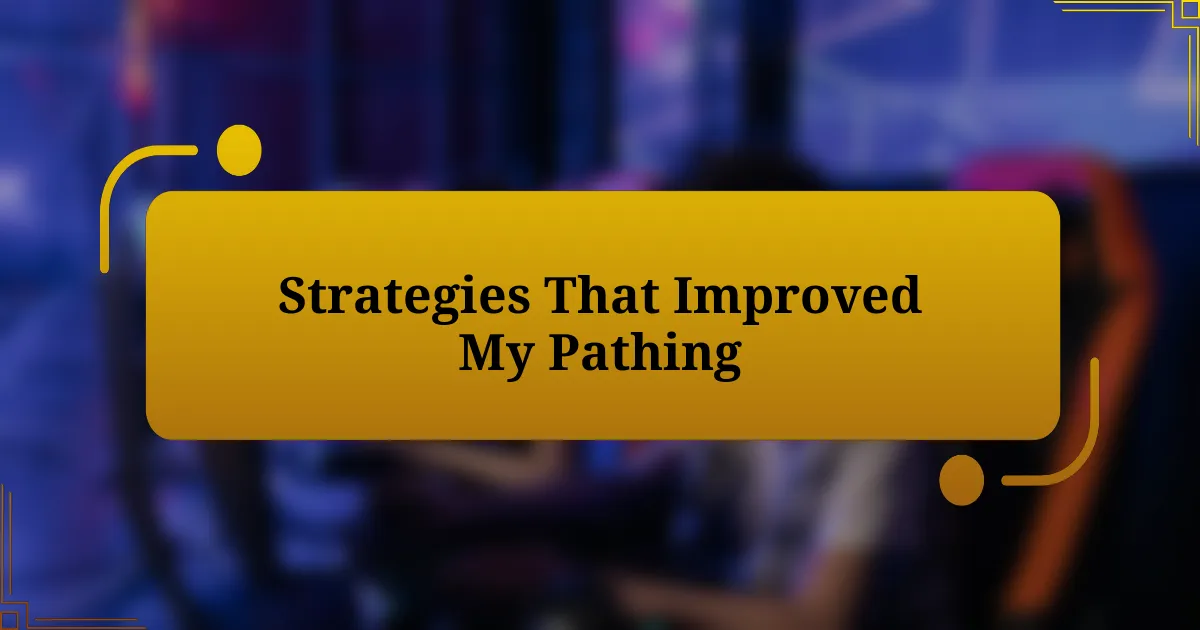
Strategies That Improved My Pathing
One incredible shift in my jungle pathing came when I started thinking more about lane priorities. I remember a game where I overlooked the bot lane’s precarious position while roaming. By simply observing the enemy’s movements and my allies’ states, I began prioritizing ganks over full clears. This led me to find success not just in impacting lanes but also in securing objectives and snowballing leads. Have you ever underestimated the effect of positioning on your entire jungle route?
Another strategy that significantly changed my approach was tracking enemy jungle movements. I recall a moment when I spotted an enemy jungler at my bot side shortly after finishing my top-side camps. Instead of panicking, I adjusted my path to invade their top jungle and steal a buff, catching them off guard. This kind of proactive thinking transformed my confidence, allowing me to play more aggressively. How often do we let perceived danger dictate our actions without making an informed choice?
Lastly, I learned the importance of map awareness and vision control. In one game, I placed a few wards right before my pathing took me to a key skirmish. This foresight not only helped me avoid a dangerous ambush but also set up a clean counter-gank. The thrill of knowing I had anticipated the enemy’s moves was exhilarating. Have you felt that rush when your preparation leads to a decisive advantage?
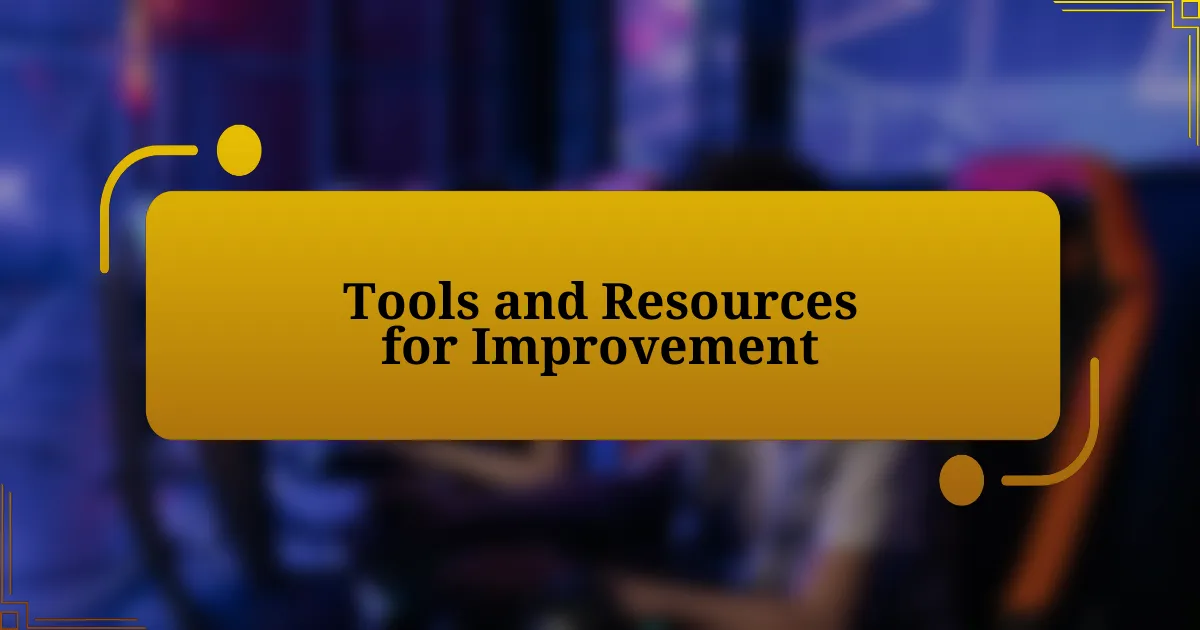
Tools and Resources for Improvement
When it comes to improving my jungle pathing, I found that utilizing external resources was a game-changer. Websites like op.gg and u.gg provided me with valuable insights into the most popular and effective jungle routes tailored for my specific champion. I was surprised by how often my assumptions about optimal paths didn’t align with top-performing players. Have you ever looked at data and realized you were missing crucial nuances in the meta?
In addition to these data sites, I started watching educational content on platforms like YouTube. I remember stumbling upon a comprehensive guide by a top-tier jungler who meticulously broke down his decision-making process during games. Watching his thought process unfold in real-time taught me the importance of adapting to the flow of the game rather than sticking rigidly to a static plan. Have you ever learned more from observing than you ever did from just reading about strategies?
Lastly, I began using tools like the League of Legends client’s replay feature. Analyzing my own gameplay not only highlighted my weaknesses but also emphasized instances where my pathing could have been optimized. I vividly recall one game where I reviewed a crucial late-game moment and realized I could have cut down my time between camps. The learning experience was almost like having a coach critique my every move. How often do we overlook the power of self-review in honing our skills?
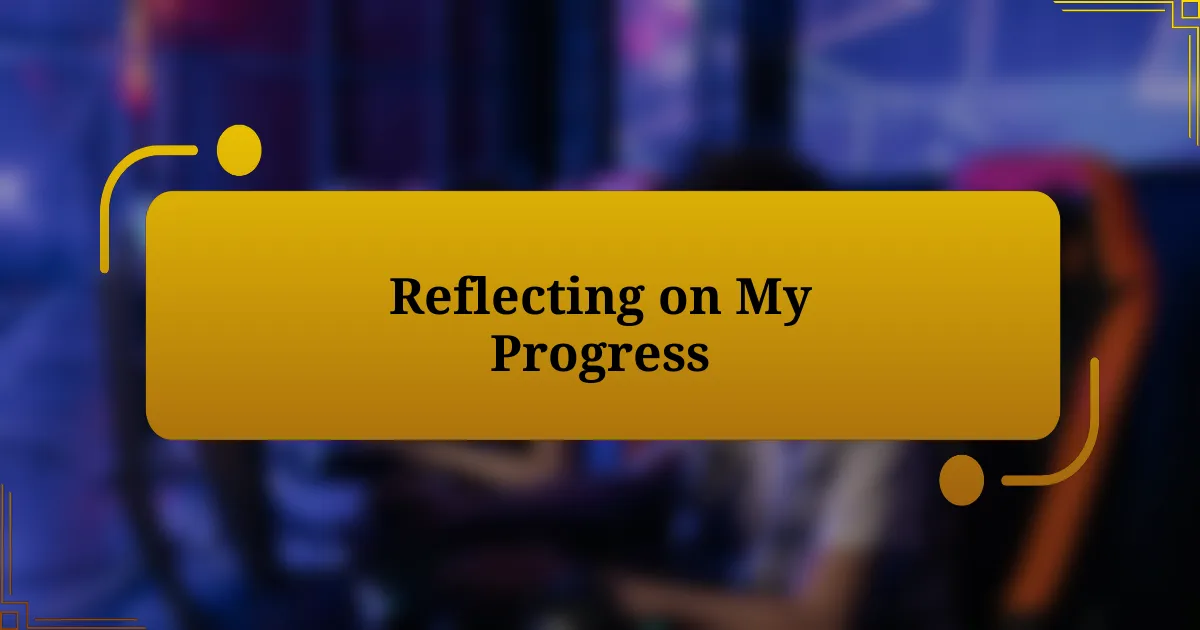
Reflecting on My Progress
Reflecting on my progress has been like watching a slow but rewarding transformation unfold. Early on, I often felt lost in the jungle, committing to paths that left me wondering why I was consistently behind in gold and experience. I remember one particular game where I chose to gank mid after clearing my top side, only to realize too late that my bottom lane was neglected and missing out on crucial resources. Did I really think that prioritizing kills over my laners’ farm was the best choice?
As I began to analyze my journey, it became clear that every small mistake held a lesson. Each time I failed to optimize my pathing, it felt frustrating, but with that frustration came the resolve to improve. There was a moment in a ranked match when I expertly executed a double clear that boosted my leveling; I nearly jumped out of my chair in excitement. It’s the moments like these—where everything finally clicks—that make the effort worthwhile, reinforcing my eagerness to keep refining my approach.
Looking back, I see my progress as a series of stepping stones rather than a linear journey. I can vividly recall the lows of being stuck in lower ranks and the feeling of hopelessness creeping in. However, each time I recognized a flaw in my strategy or adjusted my pathing based on a fellow player’s insight, I felt a surge of motivation. What if I hadn’t taken the time to reflect on these pivotal moments? Would I still be making the same mistakes?











